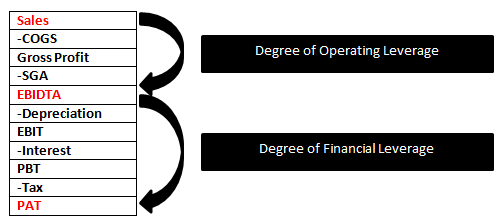Current Ratio – Formula, Meaning, Assumptions and Interpretations
April 3, 2025
 Current Ratio – Formula, Meaning, Assumptions and Interpretations
Current Ratio – Formula, Meaning, Assumptions and Interpretations
The current ratio is the most popularly used metric to gauge the short term solvency of a company. This article provides the details about this ratio. Formula Current Ratio = Current Assets / Current Liabilities Meaning Current ratio measures the current assets of the company in comparison to its current liabilities. This means that the…
 What are Common Size Statements ?
What are Common Size Statements ?
Common size statements are not financial ratios. Rather they are a way of presenting financial statements that makes them more suitable for analysis. However, analysts always use them in conjunction with ratio analysis. In fact, financial analysts use common size statements as the starting point to help them dig deeper. Common size statements tell them…
 Introduction to Cash Flow Ratios
Introduction to Cash Flow Ratios
Once upon a time, investors and analysts used to believe in ratios that have been calculated based on the earnings that the company has stated in the Income Statement. Alas! That was once upon a time. Of late, there have been a huge number of frauds and malpractices that have come to the fore. All…
Most firms use both operating leverage and capital leverage to some extent.
In today’s business world it is almost impossible to run a business without having some degree of automation and mechanization (operating leverage). It is also not possible to grow at an adequate speed unless the company is taking advantage of borrowed money.
However, the degree to which a company uses operating leverage and financial leverage can be different.
Some companies use more financial leverage than operating leverage while other use more operating leverage. This creates a challenging scenario whereas an analyst has to interpret the different degrees of riskiness of companies with different cost and capital structures. The degree of combined leverage (DCL) makes it possible to do this.

PAT/Number of Shares = Earnings per Share (EPS)
Therefore if operating leverage of a firm= 1.4 whereas financial leverage = 2, then the degree of combined leverage equals 1.4 * 2 = 2.8
Degree of operating leverage shows how a change in sales affects the EBIDTA of the firm. Whereas degree of financial leverage shows how a change in EBIDTA affects the EPS of the firm. Combining the two analysts can predict how a change in sales is likely to magnify the gains or losses to the EPS.
Your email address will not be published. Required fields are marked *